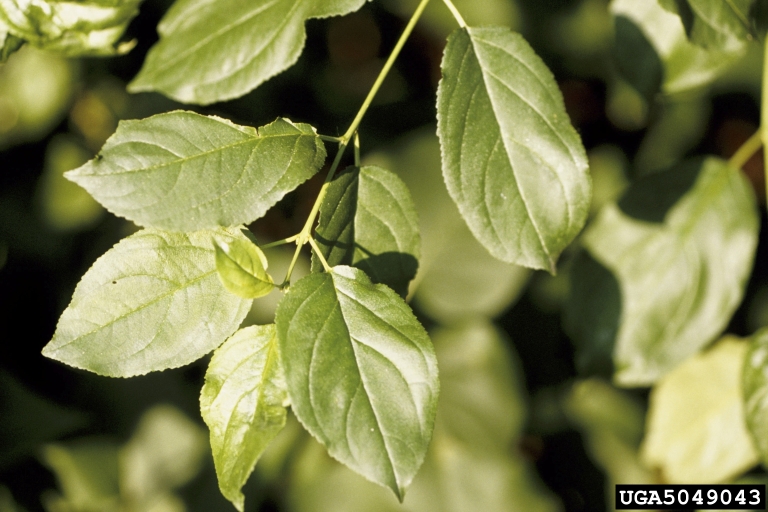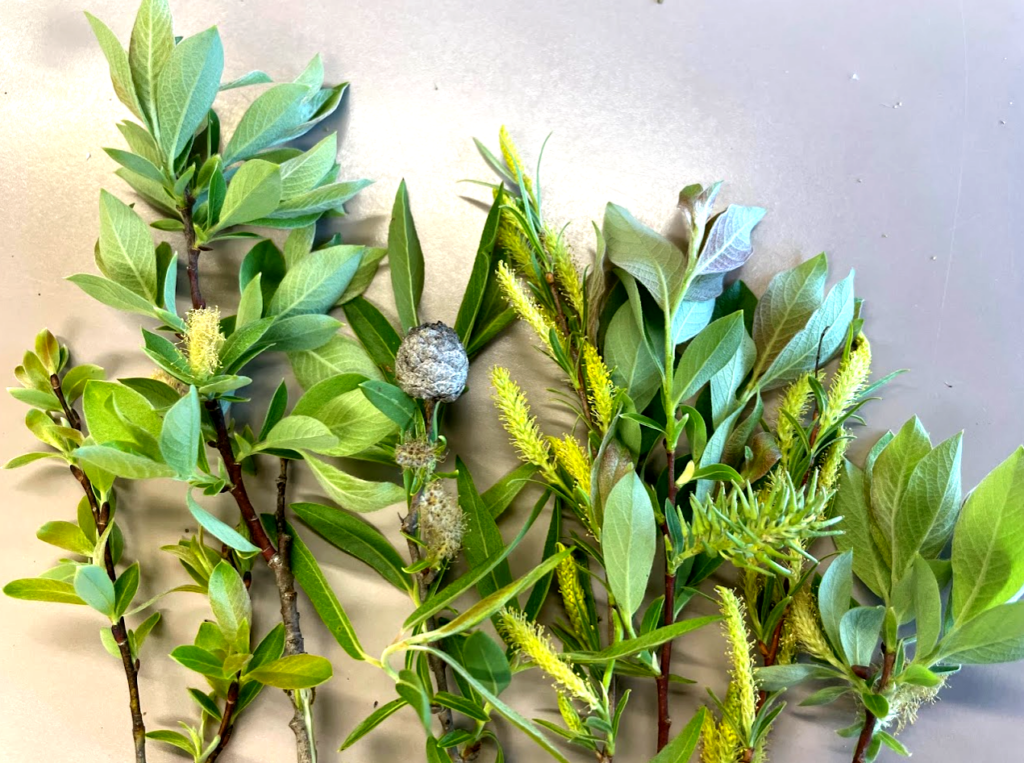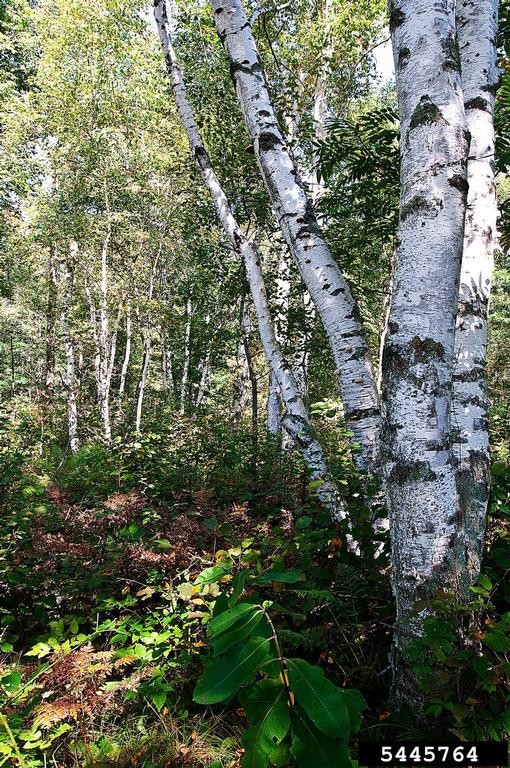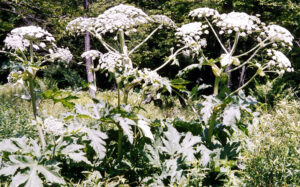Cities, villages, towns, counties, tribes and 501(c)(3) nonprofit organizations in or conducting their project in Wisconsin can apply for a regular or startup 2024 Wisconsin Department of Natural Resources Urban Forestry Grant.
The grants range from $1,000 to $25,000, and grant recipients must match each grant dollar for dollar. A startup grant of up to $5,000 is available for communities that want to start or restart a community forestry program. Grants are awarded to projects that align with state and national goals for increasing the urban forest canopy and its benefits. Also available this grant cycle is an additional $145,000 in federal funding to be used for emerald ash borer treatment and ash tree removals and replacements.
The application deadline is Oct. 2, 2023. For more information, visit the Urban Forestry Grants webpage.
If you have questions regarding the application process and eligible projects, contact your DNR Urban Forestry Coordinator.
Please note: The DNR was recently allocated $4.875 million in Inflation Reduction Act (IRA) funding. We expect to competitively sub-award most of this allocation to local governments, tribal governments and 501(c)(3) nonprofit organizations through our grant program to fund projects that support equitable access to trees and the benefits they provide in disadvantaged communities across Wisconsin. We will be sharing more information about the IRA funding soon.


 Applications for Urban Forestry Grants are opening soon!
Applications for Urban Forestry Grants are opening soon!
 Expand your restoration skillsets by getting past the Genus Salix to further your understanding of willow species identification, their habitat needs and their importance for pollinators. Follow Zach Khron and Matt Smith into off-trail areas of Riveredge’s uncommon habitats to find willow populations, identify at the species level and discuss management. We will start our day in the lab to review herbarium specimens and end it in the field.
Expand your restoration skillsets by getting past the Genus Salix to further your understanding of willow species identification, their habitat needs and their importance for pollinators. Follow Zach Khron and Matt Smith into off-trail areas of Riveredge’s uncommon habitats to find willow populations, identify at the species level and discuss management. We will start our day in the lab to review herbarium specimens and end it in the field. The city of Madison is happy to announce Ian Brown as the new City of Madison Forester.
The city of Madison is happy to announce Ian Brown as the new City of Madison Forester.

